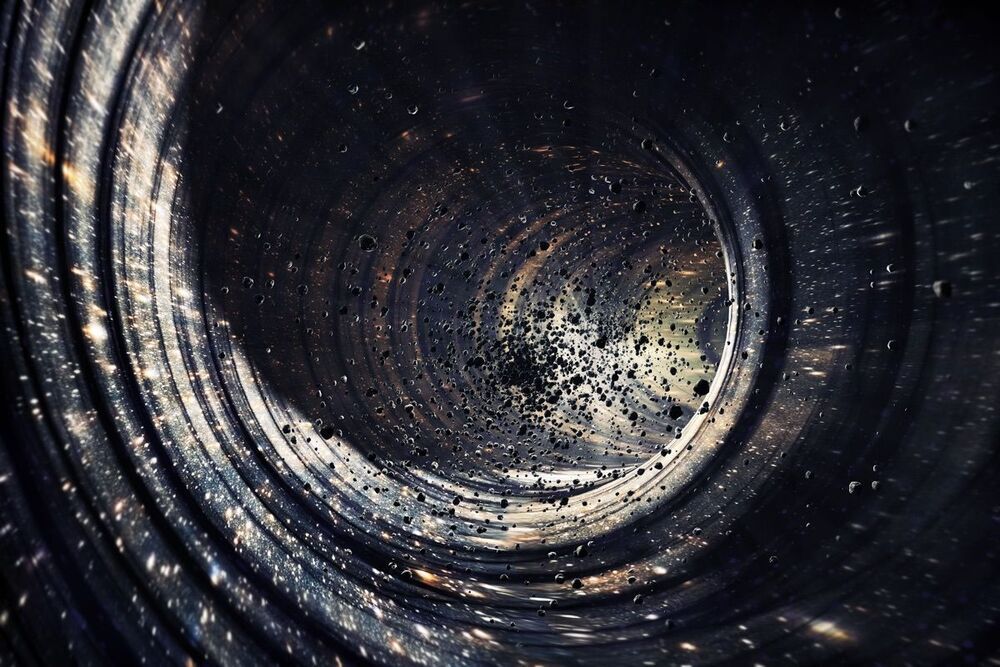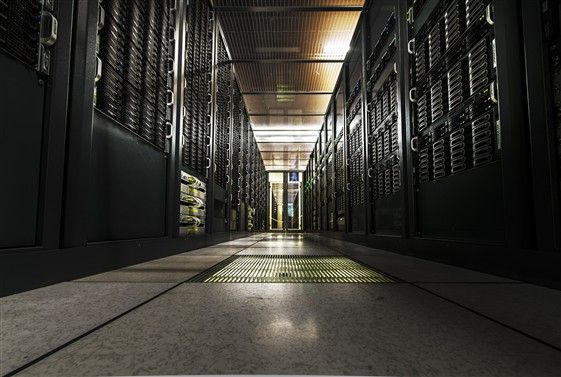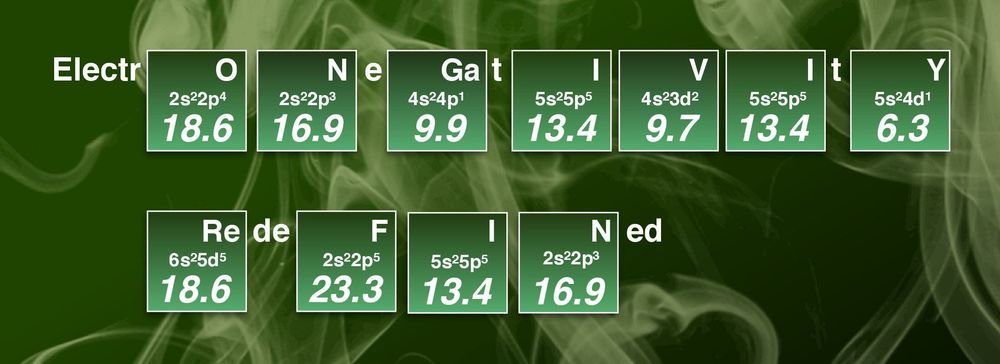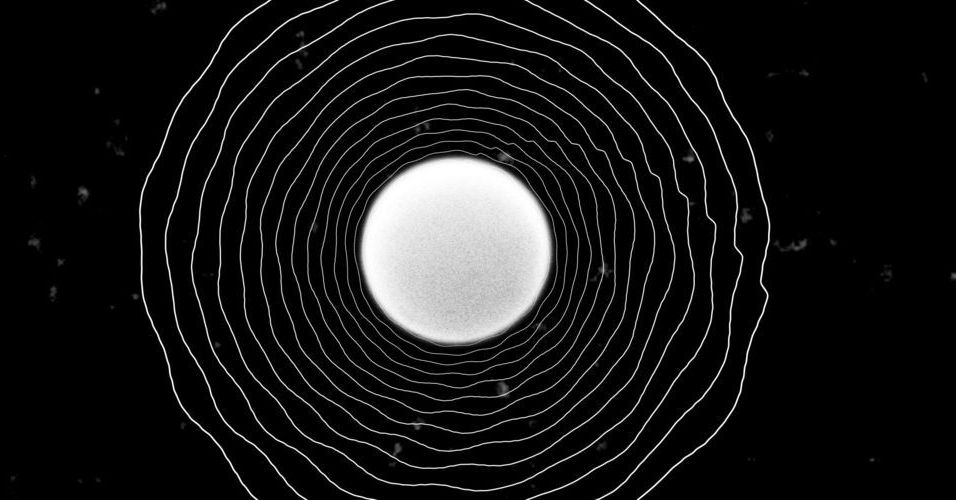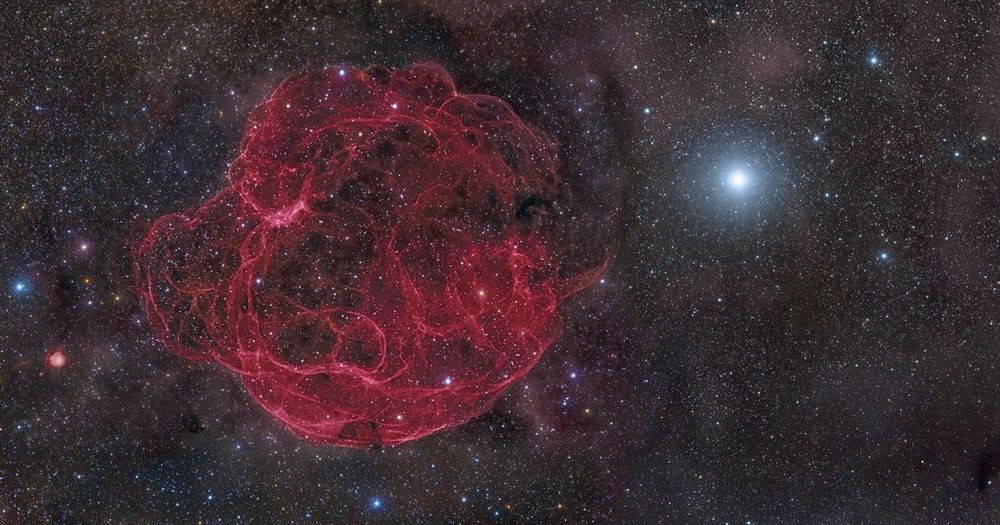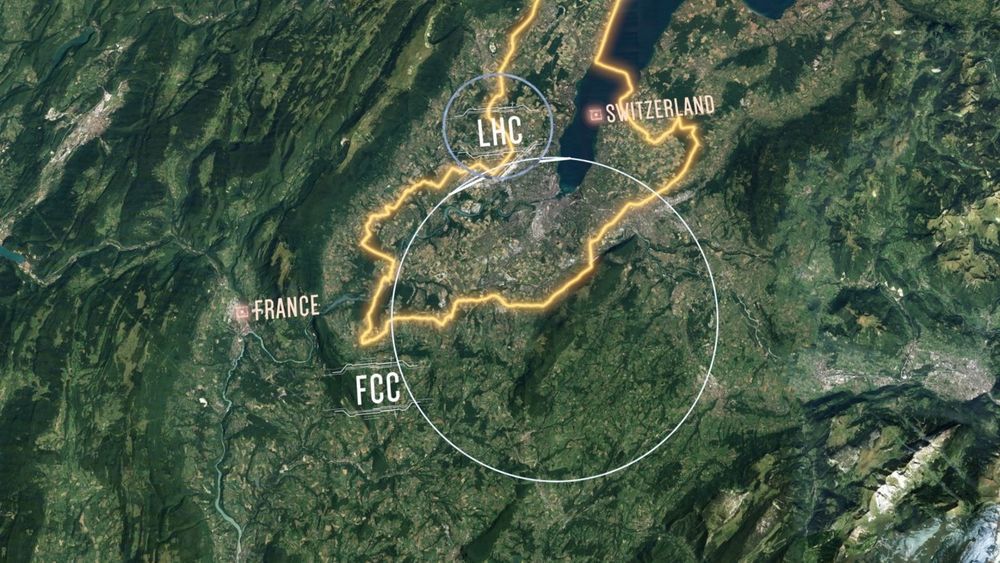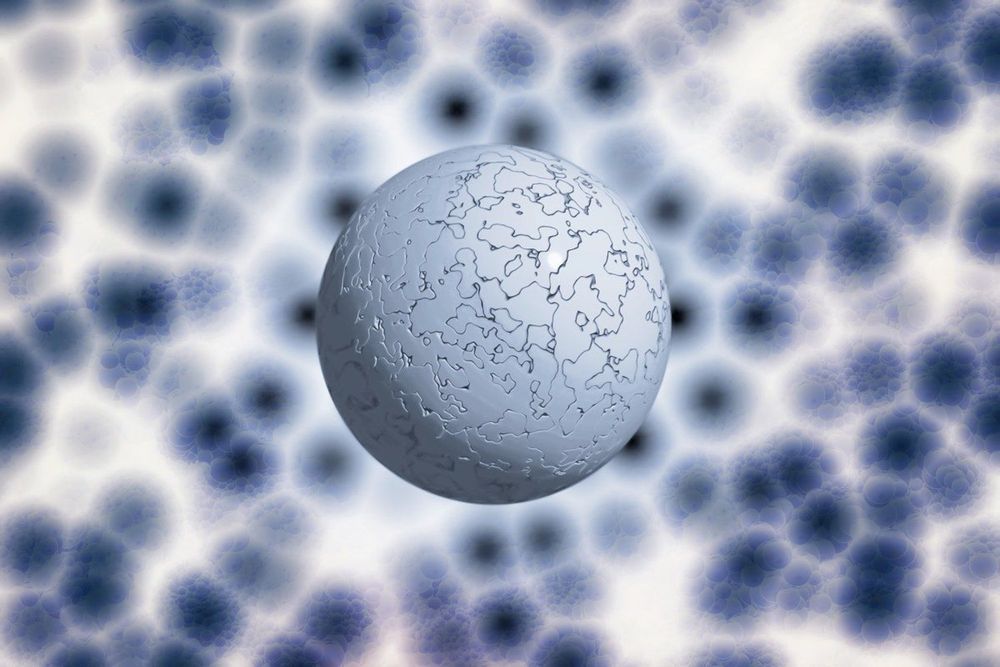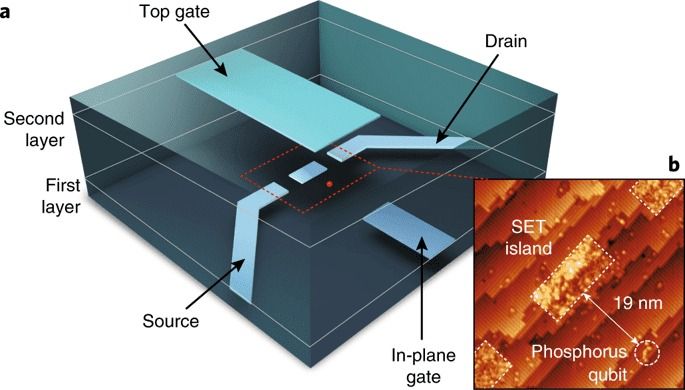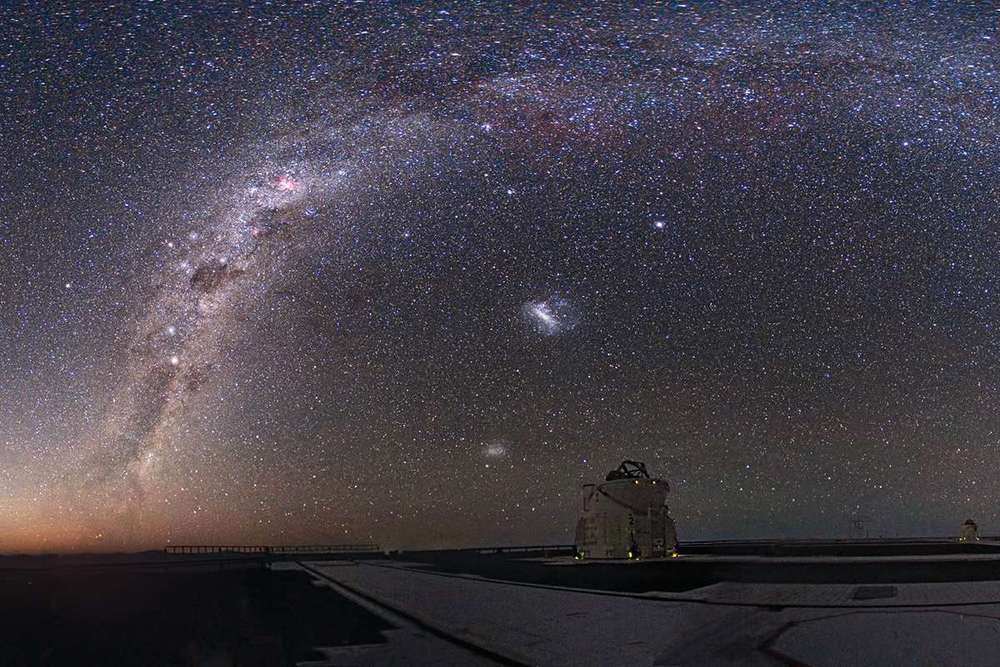Jan 17, 2019
Bizarre Superfluid Could Explain the Existence of the Modern Universe
Posted by Genevieve Klien in categories: particle physics, quantum physics
Back in the first moment of the universe, everything was hot and dense and in perfect balance. There weren’t any particles as we’d understand them, much less any stars or even the vacuum that permeates space today. The whole of space was filled with homogeneous, formless, compressed stuff.
Then, something slipped. All that monotonous stability became unstable. Matter won out over its weird cousin, antimatter, and came to dominate the whole of space. Clouds of that matter formed and collapsed into stars, which became organized into galaxies. Everything that we know about started to exist.
So, what happened to tip the universe out of its formless state? [How Quantum Entanglement Works (Infographic)].
